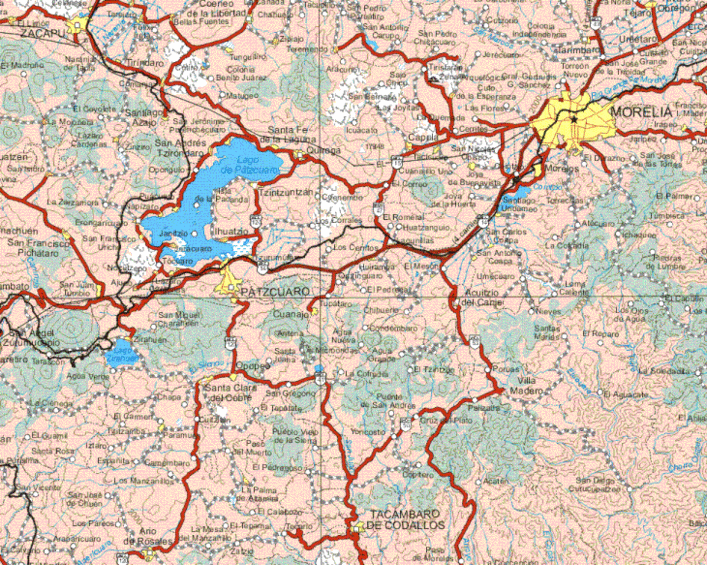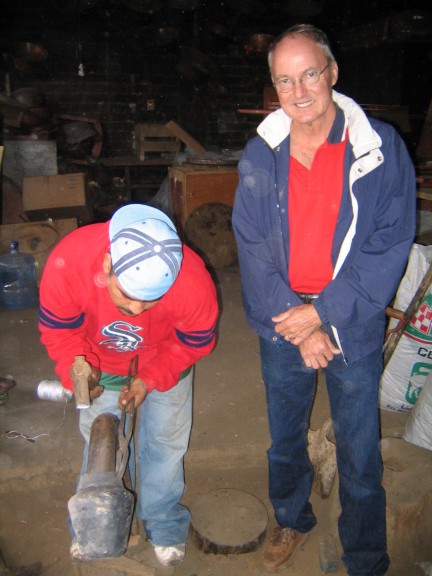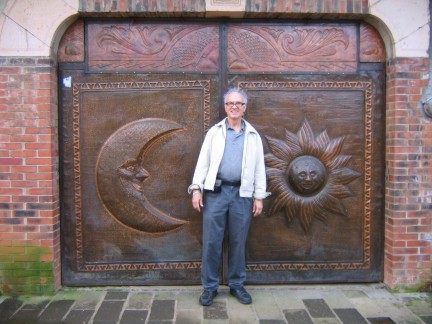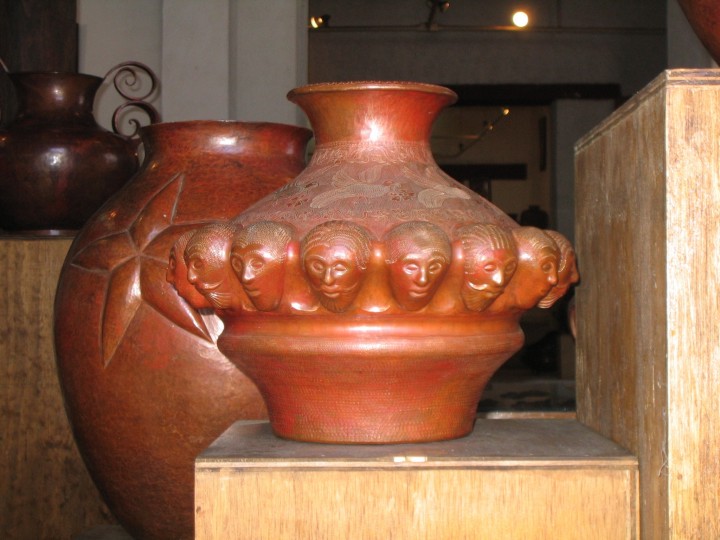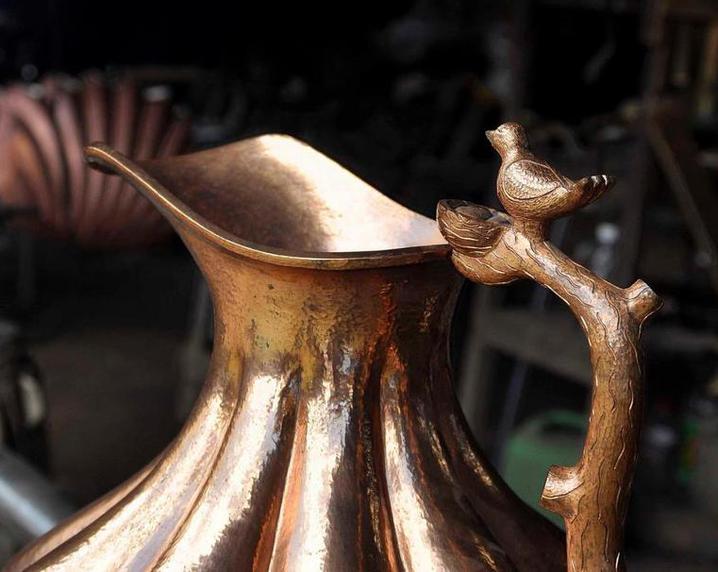 | ||||||
Santa Clara de Cobre
Lake
Patzcuaro
Santa Clara del Cobre holds its annual Feria del Cobre (Copper Festival) each August. The exact dates vary, but the festival lasts week-long with music, native dances from the villages in the region, crafts (emphasis on copperware), food, and celebrations
Copper smithing is a pre-Columbian craft that has remained almost unchanged. Copper is smelted over wood fires. A single large sheet of the metal is created, then individually hand-hammered into shape. If there's a handle required, such as for an urn or kettle, only then will a separate piece be used. The copper museum (Museo de Cobre) is on the main plaza, and displays hand-crafted items.
Start at the Museo del Cobre, near the plaza, on Calles Morelos and Pino Suarez. Open from 10 AM to 7 PM daily, except Monday, and closed after comida from 3 PM to 5 PM.
A Museum of Cobre exists in Santa Clara, but it could well say that all the town is an alive museum.
A state supported development program based on competitions to have their craftwork recognized and rewarded in exhibitions caused a renaissance in the field.
Located in the mining region where the cuprífera wealth arises by rich veins of minerals
The old natives of the region hammered copper to create utilitarian articles - that contrasted with the most extended use of the mud in the homemade pottery shop -, adornments like the zoomorfos bells, bezotes and earrings, and other instruments as the axe.
the tradition and the present height of Santa Clara of Cobre follow a line very old since, according to the tradition, in our century XIII, axes and adornments of the metal in the pre-Hispanic universe of the region made; activity that had similarity with a similar metalliferous production
There is also a school-factory, and a coopertativa that the name of Basoue of Quiroga takes. It is important, to avoid the anchylosis without demerit of the learned thing in the curos of the centuries, the operation of a House of the Craftsman for the qualification, preparation and development of the technique.
Santa Clara of Cobre is also the seat of a Union of Craftsmen, legal route for the credit support to the production and commercialization, on the part of the official organisms that take care of in the country the presevación and the development of the crafts.
According to Roy Skodnick, the exhibit's curator, Metcalf was amazed to see how the smiths could draw out the thickness of the copper ingot. However, they were squandering the formal strength of their method by rolling the edge of their kettle over an iron wire. By introducing tools and methods from classical European silversmithing, Metcalf established the tradition known as El Borde Grueso or The Thick Edge. Today this style of forging copper and silver has made the town internationally famous.
Ana Pellicer's Jewelry for the Statue of Liberty, her tribute to the women of Santa Clara del Cobre to whom she taught jewelry-making (which gave them economic power and social status), represented Mexico in New York and Paris during the 1986 centenary celebration. Her Ulama: The Bouncing Ball was Mexico's official work for the 1992 Quincentenary celebration in Mexico City, New York and Madrid.
More than 9 million Mexicans, or roughly 28 percent of the working population, are employed in the country's underground economy, according to a study by the BBVA-Bancomer financial group.
In the latest edition of the firm's Economic Report, analysts from BBVA-Bancomer said the underground economy accounted for 12.7 percent of Mexico's gross domestic product (GDP) and was a powerful engine of job creation.
The 55th National Copper Fair
The 76th National Exhibition of Hammered Copper
Santa Clara del Cobre
July 24-Aug 2, 2021
